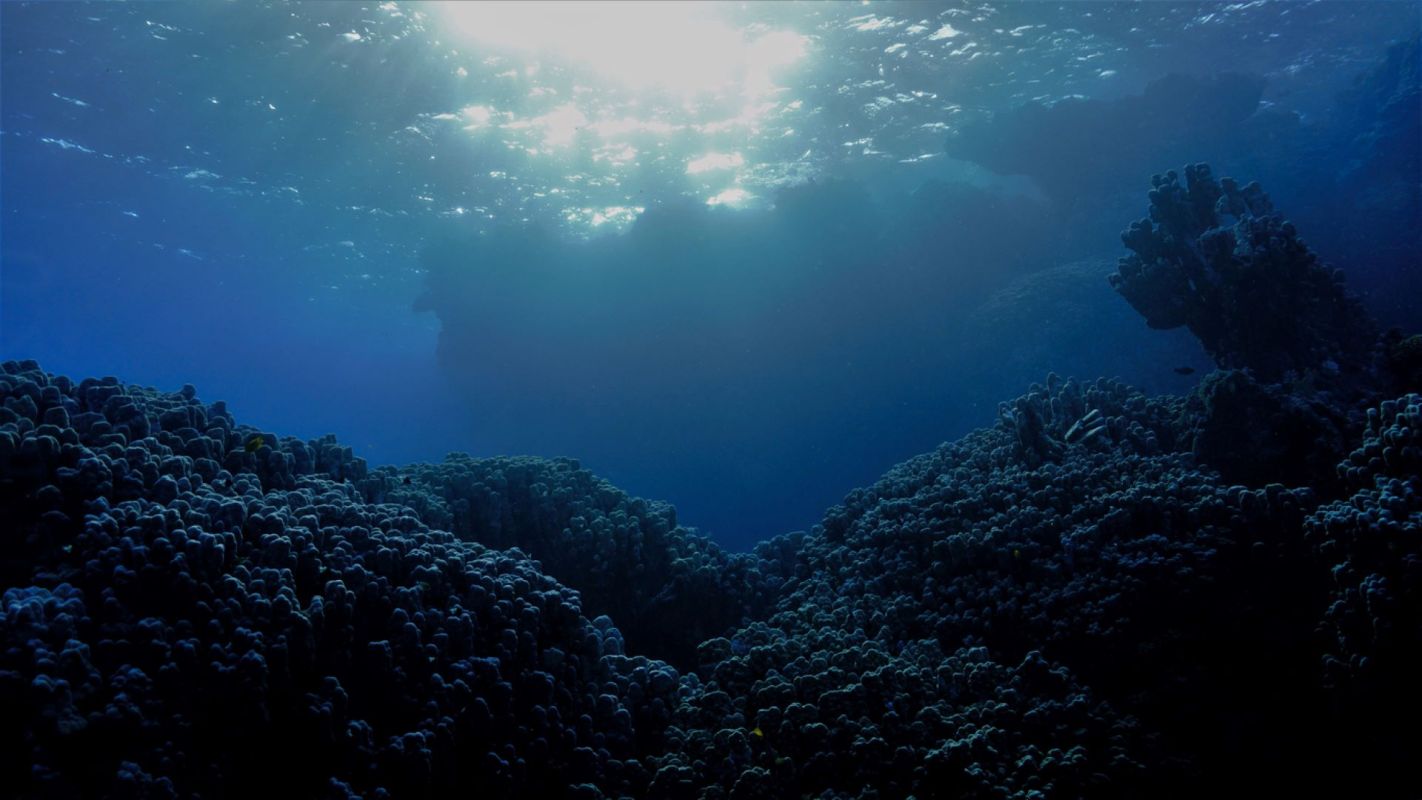They say water is life, and it does, indeed, sustain life on Earth. However, humans have not repaid the favor, which is set to cause irreversible damage to sea and human life alike.
What happened?
Plastic pollution has become a global plight, with too many stories of it being found in the stomachs of dead bears, deer, and whales, to name just a few.
Now, however, Phys.org reports that a new study featured in the journal Eco-Environment & Health has found that microplastics — plastic particles under 5 millimeters in length — in marine settings can also carry a range of pathogens, encompassing bacteria, viruses, and other microorganisms.
The research looks closely at how microplastics act as conduits for pathogens in freshwater and marine water ecosystems. It also thoroughly investigates factors that influence pathogens' ability to stick to the tiny plastic particles, their survival once stuck, and the probability of transmission to humans.
Why is this conclusion concerning?
Microplastics acting as rafts for pathogens poses a risk to both marine and human health.
The pathogen-laden plastics pose a threat to aquatic animals who mistake the particles for food and ingest them, leading to severe illness and often death.
Therein comes the risk to human health. A recent study from the Oregon State University Marine Mammal Institute found that microplastics are more common in the fish we eat than previously realized. If these microplastics are further covered in bacteria and viruses, then we're eating those, too.
Further, plastic pollution in the ocean has been shown to act as rafts, carrying coastal species to new parts of the ocean. This means animals filled with pathogen-laden plastics aren't likely to stay in one area, either.
What's being done about it?
The study's lead researcher, Huan Zhong, says it's imperative to understand the role of microplastics in the spread of pathogens.
This research is crucial in shaping both public health policies and environmental strategies. It highlights the immediate need for intensified monitoring of microplastic contamination and calls for expanded research into the role of microplastics in pathogen transmission, along with the health risks that come with it.
Individually, we can vote for candidates who fight for these issues and change a few habits that keep more single-use plastics from ending up in our waterways.
Join our free newsletter for weekly updates on the coolest innovations improving our lives and saving our planet.









